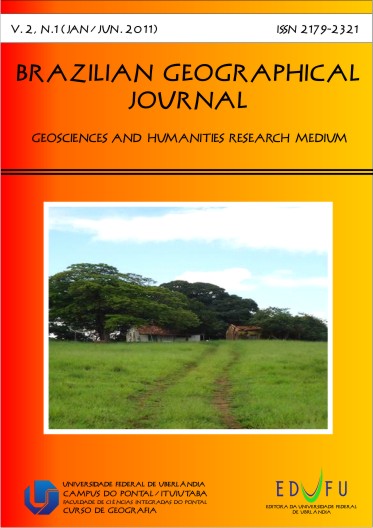Floristic and structure of a secondary urban forest with a long history of man-made disturbances in Espírito Santo state, Brazil
Resumo
This study aimed to describe the floristic composition and the structure, indicate the successional stage, and provide proposals for conservation and management of a secondary urban forest in Vitória Island, Espírito Santo state, which grew after about 400 years of man-made disturbances. In a 0.5 ha plot all tree and shrub individuals with dbh > 3.2 cm were sampled. Additional vouchers were collected outside of the plot in order to increase the list of local flora. In total, 91 species were recorded (within the plot and by additional collects), distributed in 73 genera and 35 botanic families. Within the plot, 1083 living individuals were recorded (plus 27 standing dead) belonging to 81 species. The estimated basal area and the Shannon diversity index were 32.54 m2.ha-1 and 3.52, respectively. The most important species in community were Gallesia integrifolia and Ocotea diospyrifolia, which dominate the upper and middle storeys. In the understorey, shrub species of Rubiaceae dominate, mainly Rudgea umbrosa. The advanced successional stage of the forest was confirmed by the values of basal area and diversity index, the vertical structure divided into three storeys, well developed understorey, small number of larger trees, and dominance of late secondary species. However, the absence of timber species and palms, and the small number of species of families such as Lauraceae and Myrtaceae indicates a possible loss of species due to the long history of man-made disturbances and the fragment isolation within an urban matrix. The enrichment with regional species and restoration of abandoned pastures and plantations are appropriate strategies for conservation of this forest.
Downloads
Publicado
Edição
Seção
Licença
All copyrights are reserved to authors. Reproductions of any part of this journal, including the non-commercial use of figures, maps and other illustrations, are allowed provided that the original source of publication be assigned.


